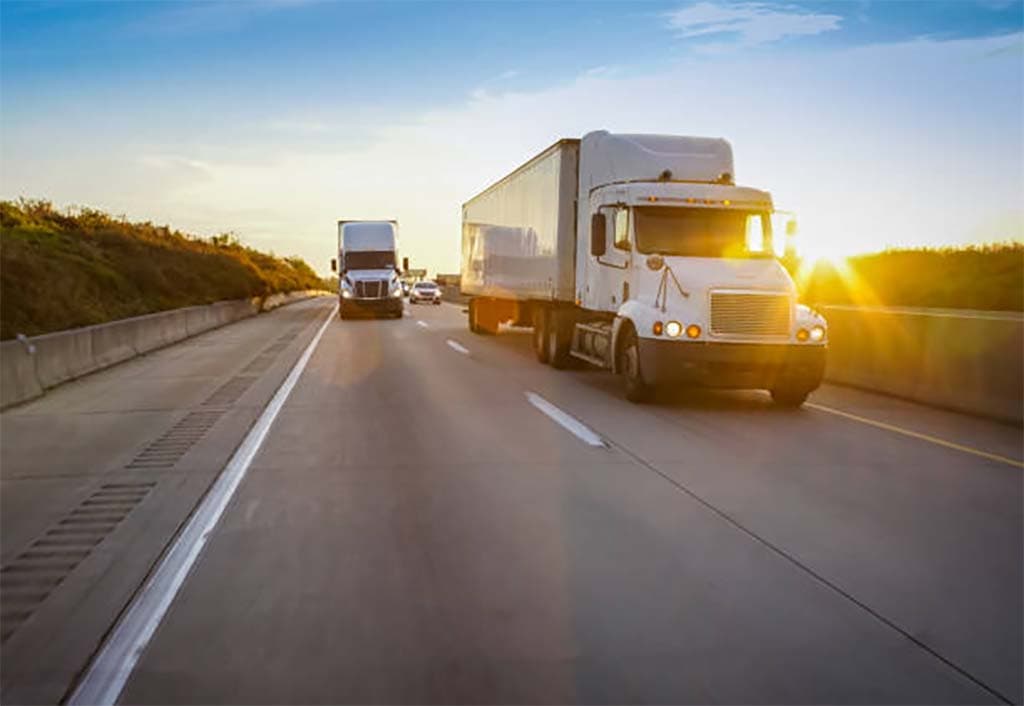The landscape of car safety is witnessing a radical change with the introduction of autonomous driving technologies. These innovations range from systems that assist the driver to fully self-driving vehicles. Their primary goal is to minimize human errors, which are a major cause of road accidents. Autonomous cars use a blend of sensors, cameras, and complex algorithms to understand and respond to their environment better than a human could. This technology is not just about making individual cars safer; it’s about creating a network where cars can talk to each other and to road systems, potentially reducing accidents and easing traffic jams. The rise of autonomous vehicles also brings up important issues like the ethical implications of self-driving cars, how they’ll be regulated, and their impact on jobs in the driving sector.
Advanced Technologies for Preventing and Mitigating Collisions
Modern vehicles are increasingly equipped with technologies aimed at preventing accidents or lessening their impact. Features like automatic emergency braking, alerts for lane departures, and systems to detect objects in blind spots are becoming standard. These systems are always on the lookout, ready to intervene to prevent a crash. For example, if a car is about to hit something, the automatic braking system can kick in and stop the vehicle, either avoiding the crash or making it less severe. These technologies are constantly evolving, now capable of detecting pedestrians and cyclists, which further improves safety for everyone on the road. They are also beginning to incorporate more advanced tools like LiDAR and radar, which work better in a variety of conditions like bad weather or low light.
Artificial Intelligence: Revolutionizing Car Safety
Artificial Intelligence (AI) is transforming car safety. In-car AI analyzes data from sensors and cameras to make decisions in real time. This is especially important for cars that can drive themselves or assist the driver. These AI systems are always learning and getting better at predicting and dealing with different situations on the road. They not only improve current safety features but also lead to new safety innovations. For example, AI can detect if a driver is tired or distracted and alert them, or even take control of the car if needed. AI is also moving into predictive maintenance, where it can spot potential car problems before they become dangerous.
Advanced Driver Assistance Systems: Bridging the Gap

Advanced Driver Assistance Systems (ADAS) are becoming more common in cars. These systems help drivers by providing important information and support, making driving safer and more comfortable. ADAS includes features like adaptive cruise control, which keeps a safe distance from the car ahead; lane-keeping assist, which helps the car stay in its lane; and traffic sign recognition, which alerts drivers to road signs. These technologies work together to help the driver stay aware of their surroundings and drive safely. As ADAS technologies get more sophisticated, they’re starting to include features like 360-degree camera views and advanced navigation systems that adjust to real-time traffic conditions.
Elevating Safety with Vehicle Connectivity
The fusion of connectivity into automotive design has unlocked revolutionary paths for boosting vehicle safety. Vehicles equipped with advanced communication technologies have the capability to interact among themselves and with traffic control systems. This interaction provides critical insights into road conditions, ongoing traffic dynamics, and potential risks on the road. Such a level of interconnectedness allows vehicles to foresee and respond to scenarios outside the immediate observation of the driver. The introduction of 5G technology is poised to significantly broaden the scope of connected vehicles, ensuring quicker and more dependable communication channels. This technological stride is expected to bolster the efficiency of safety mechanisms such as systems to prevent collisions and manage traffic congestion, thereby contributing to safer roadways for all. Furthermore, these connected vehicles have the capability to receive instantaneous updates about road statuses and traffic movements, empowering drivers to make well-informed decisions and navigate away from potential dangers.
Anticipating the Evolution of Automotive Safety
The horizon of automotive safety is on the cusp of transformative breakthroughs, driven by the relentless progression of technology. The future envisages a deeper integration of Artificial Intelligence (AI) and machine learning within vehicular systems, leading to the development of smarter, more responsive safety mechanisms. Innovations on the near horizon include augmented reality displays within vehicles, which will project essential safety information directly into the driver’s line of sight, and biometric monitoring systems capable of evaluating a driver’s physical and mental condition to identify signs of tiredness or stress. These forward-thinking technologies are not solely focused on accident prevention; they are also tailored to adapt safety features to the unique requirements of each driver. The advent of vehicle-to-everything (V2X) communication is another promising frontier, enabling vehicles to interact with a wider array of devices and infrastructural elements, thereby significantly elevating situational awareness and overall safety.
Conclusion: Steering Towards a Safer Future with Automotive Innovations
In summary, the recent advancements in automotive safety technology signal the dawn of a new epoch in ensuring road safety. The journey from the inception of autonomous driving systems to the integration of AI-enhanced safety features has been pivotal in diminishing road accidents and safeguarding lives. As we continue to witness the evolution of technology, the automotive landscape is being reshaped with the emergence of vehicles that are not only more intelligent but also more interconnected. This ongoing transformation in automotive technology transcends mere innovation; it represents a deep-seated commitment to improving human safety. As we progress on this path towards enhanced vehicle safety, we are shaping a future where driving becomes a safer, more intuitive, and interconnected experience, thereby securing safer roadways for future generations.











